The best paintings in the world!
Monument to Goya

The meeting point for the Prado Museum tour is the Statue of Goya, located directly in front of the ticket office. It's so easy, it is impossible to get lost!
Interior of the Museum
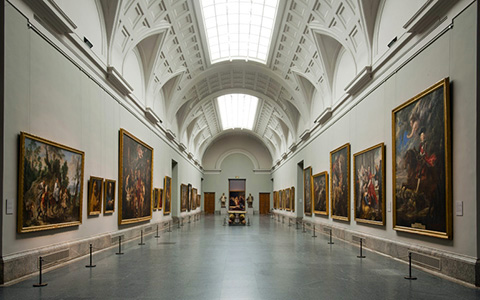
The Prado Museum was built in 1819 at the behest of King Ferdinand VII to display and preserve the collections of the successive Spanish royal families. In this beautiful and refined building, you will find the permanent collection displayed throughout more than 100 rooms, with works that range from the 12th century to the end of the late 19th century!
The Annunciation
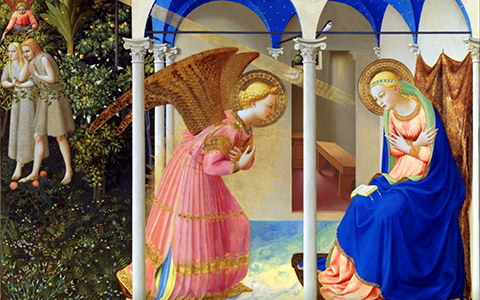
This altarpiece is regarded as one of the most innovative works produced by the friar Fra Angelico. Taking up human virtues and religious subjects, the Annunciation depicts the exact moment in which the Virgin Mary is being told of her holy pregnancy by the Archangel Gabriel, on the premise of a scene of earthly paradise and the expulsion of Adam and Eve.
The Seven Deadly Sins
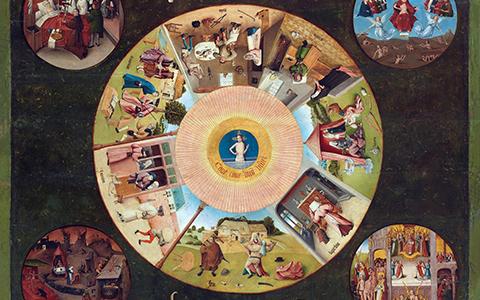
Completed by the end of the 15th century, this is one of the most morally dogmatic paintings in European art. The central depiction of the Resurrection of the Christ is surrounded by secular depictions of the 'Seven Deadly Sins': Wrath, Pride, Lust, Sloth, Gluttony, Greed and Envy... Such hideous sins that are strictly forbidden in the tenets of the Catholic faith!
Mona Lisa
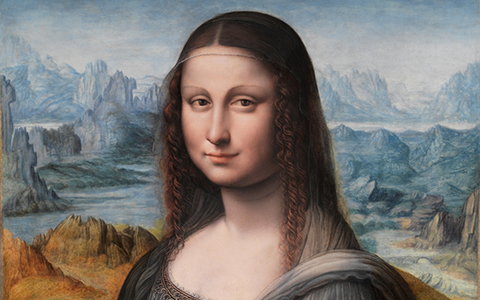
I know what you are thinking: The Mona Lisa is in the Louvre! Well, that is true, but there is another Mona Lisa in the Prado Museum... And, incidentally, this one may also have been painted by Leonardo da Vinci himself! Moreover, its extremely good state of preservation —especially when compared to the Mona Lisa in the Louvre— makes it one of the artworks you definitely want to contemplate at the Prado Museum!
The Garden of Earthly Delights
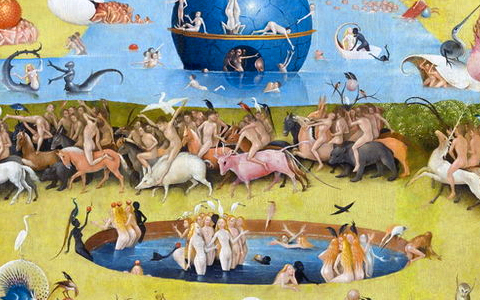
Undoubtedly the most famous work of the Flemish master Hieronymus Bosch! On the left, the triptych depicts the Garden of Eden —the world before the Original Sin was committed—. In the central panel, the naked human figures are depicted in a state of unrestrained surrender to the pleasures of the flesh. Lastly, on the right, sinners falling into a gloomy hell are being subjected to all kinds of grotesque tortures.
Adam and Eve
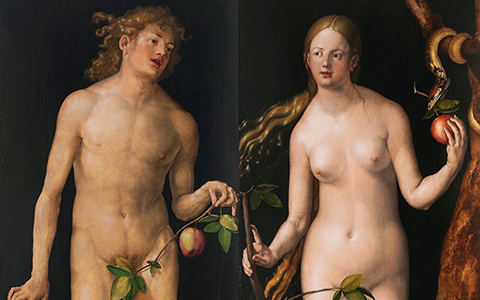
This is, unquestionably, the most famous masterpiece by the German artist Albrecht Dürer. These two paintings were the first in European Art history to depict Adam and Eve not only separately, but also in a life-like scale. Dürer's masterful representation of the human body, with its idealised nude figures, made full use of the Golden Proportion, which later had a very significant influence on Western painting!
The Washing of the Feet
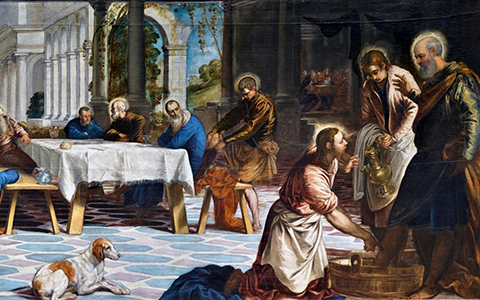
This oil painting, one of the most famous masterpieces of Tintoretto, the Venetian School master, depicts one of the most famous scenes described in the New Testament Gospels: the momento in which Christ washes the feet of his disciples just before the Last Supper. Its masterful composition shows both a lively three-dimensionality and a dazzling and clever use of the rules of perspective. So much so, it creates some optical effects that will make you doubt your own eyes!
The Triumph of Death
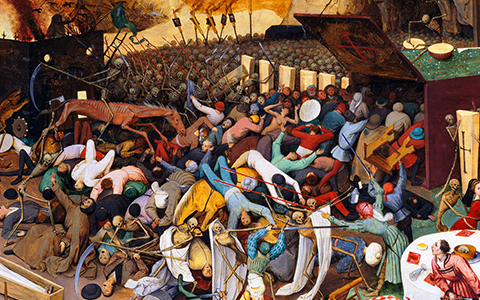
Pieter Brueghel the Elder drew his inspiration for his masterpiece from famous literary subjects, such as "The Dances of Death", "Memento Mori" and "Carpe Diem". In a tragic and macabre scene, Brueghel realistically depicts the Grim Reaper astride a dead horse and scourging the world of the living . In this cruel depiction, Death makes no distinction as to gender, age or social status, as it leads a large army of skeletons , ready to annihilate mankind.
The Nobleman with his Hand on his Chest
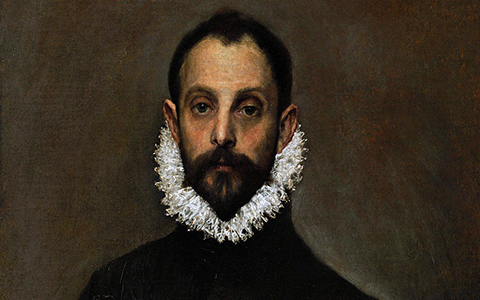
According to one theory, El Greco's most famous portrait might have been painting as a self-portrait. It shows an extraordinary delicacy in the brushstrokes with which the sword's slender hilt, the cuffs and ruffs and the light on the hands and contours is rendered. The pensive expression of this nobleman creates an atmosphere of elegance and austerity, typical of late 16th-century Spanish knightly figures!
The Three Graces
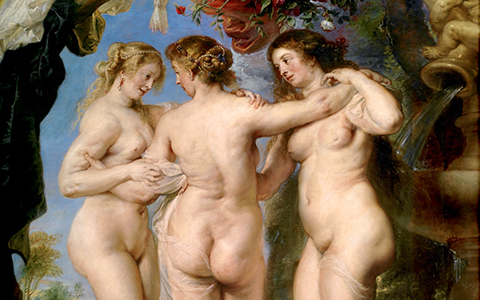
Rubens' most famous work, The Three Graces is a portrait of three beautiful Greek goddesses. The faces of the goddesses, who are daughters of Zeus, glow with an almost expressionless serenity, but the three are combined into one elegent dance, and the sensuality of the nude female bodies is rendered in a surprisingly high degree by the superimposed colours.
The Ladies-in-waiting (Las Meninas)
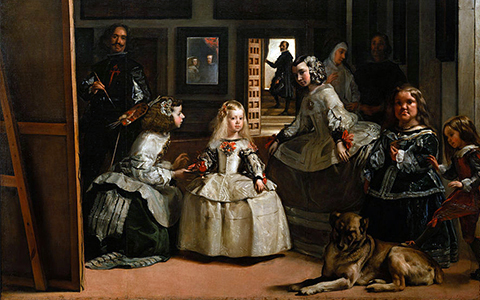
"The Ladies-in-waiting" is not only the most famous masterpiece of Velázquez —the painter that embodies the Spanish Golden Age—, but also one of the most influential paintings in the world! Known as the most analysed artwork in European art, this portrait may look like a simple portrait of the Spanish Habsburg family of the 17th century, but it is actually addressing a deep philosophical theme, suggesting that life is nothing but a dream!
The Naked Maja
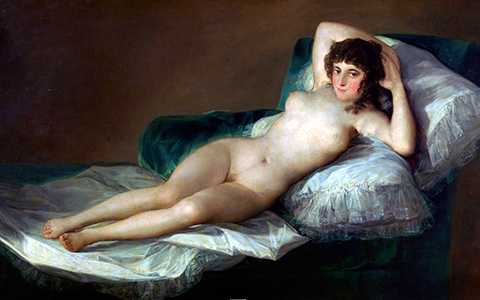
Commissioned by the Prime Minister of Spain, Manuel Godoy, this is Goya's most famous painting as the Spanish court painter. Completed in the early 19th century, this sensual representation of the female body was considered highly obscene at the time. No wonder, for the embodiment of realistic beauty is not depicting any mythological subject, but a real woman belonging to the Spanish high society.
Interior of the Museum
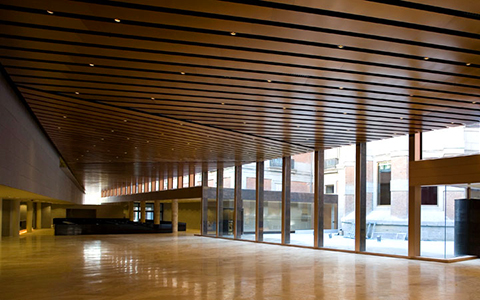
The Prado Museum tour will end inside the museum's premises. This way, if you wish to do so, you can continue enjoying its huge collection of artworks !
Note
The information given in this page is for information purposes only. Although I always endeavour to provide the services as described, I reserve the right to make changes to the content, dates and times of the services due to unavoidable or local conditions.